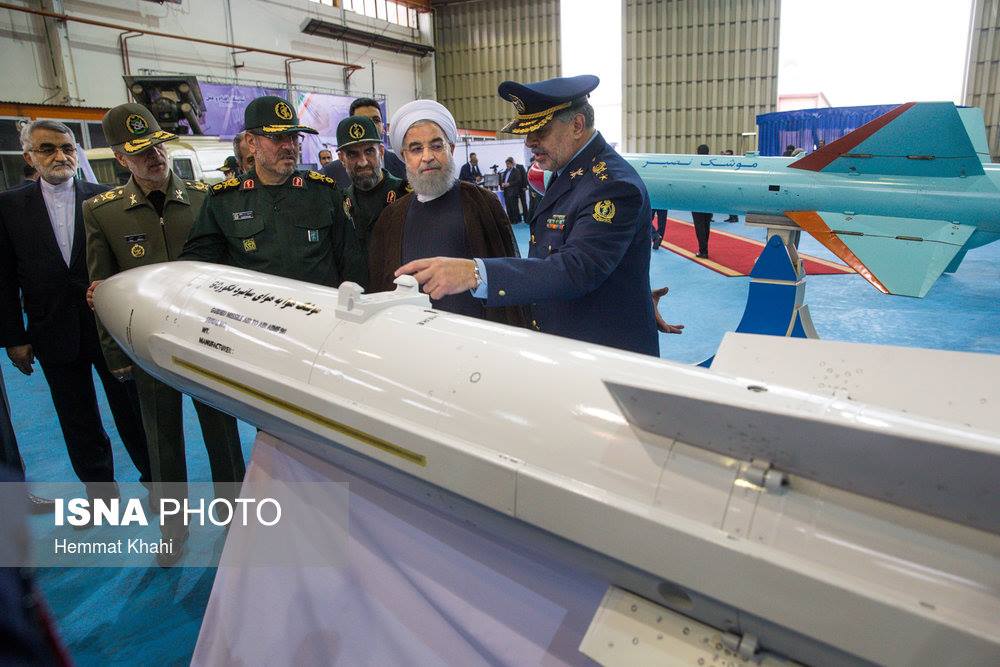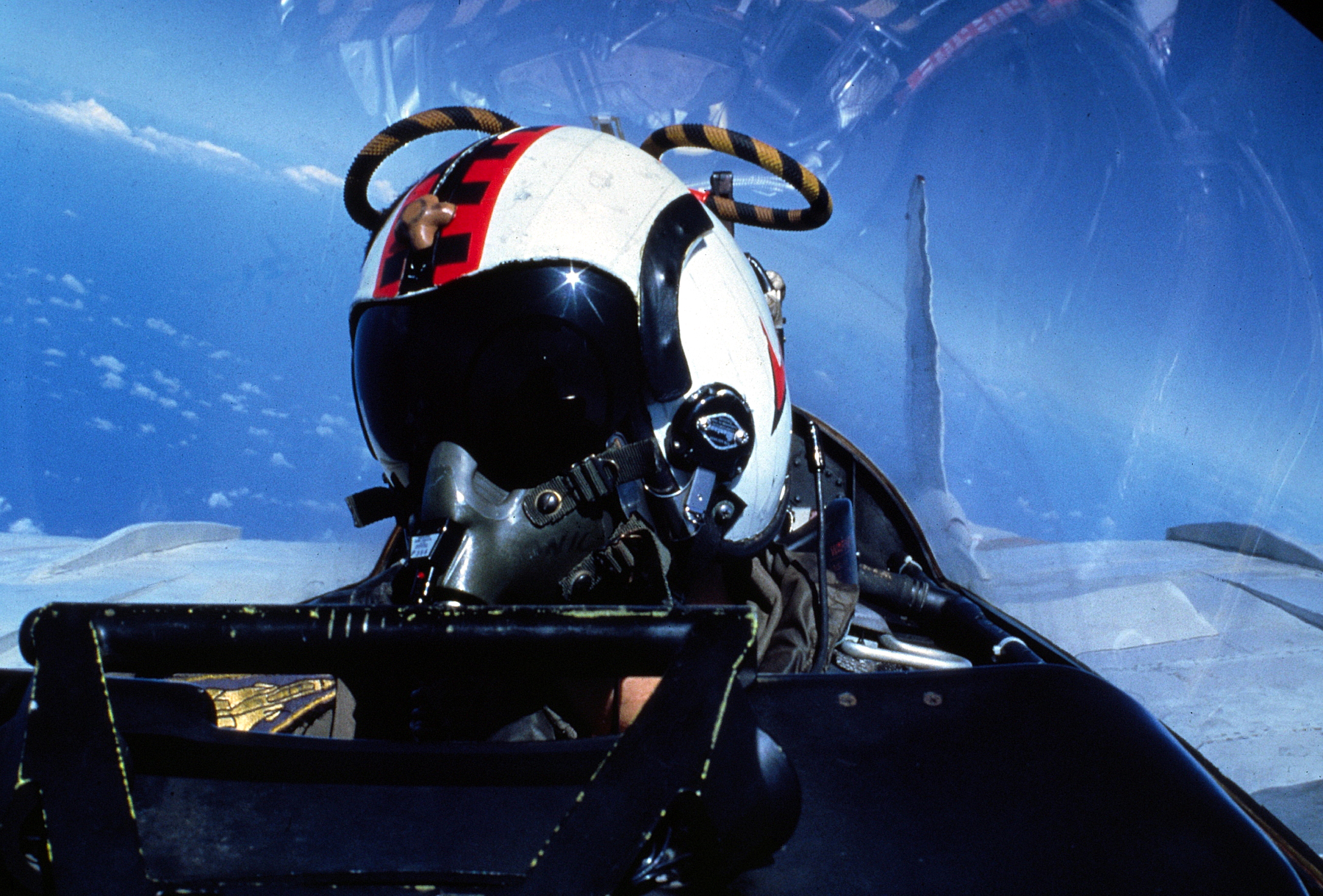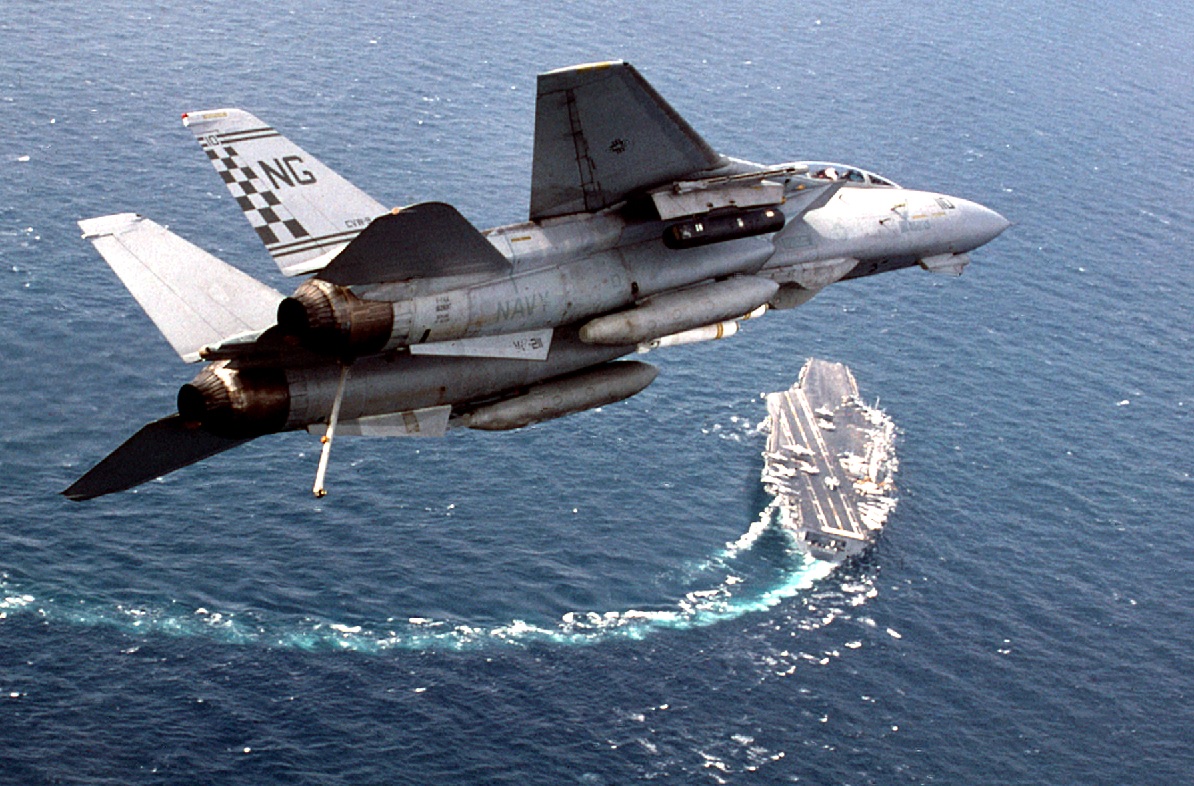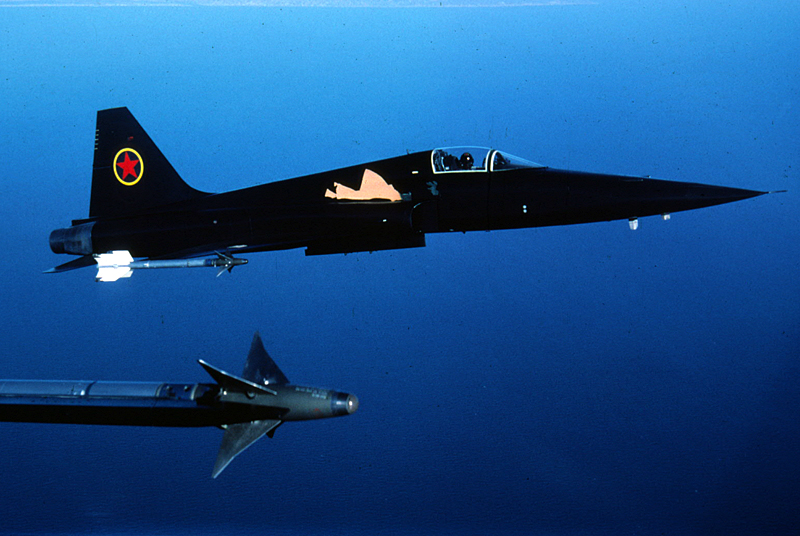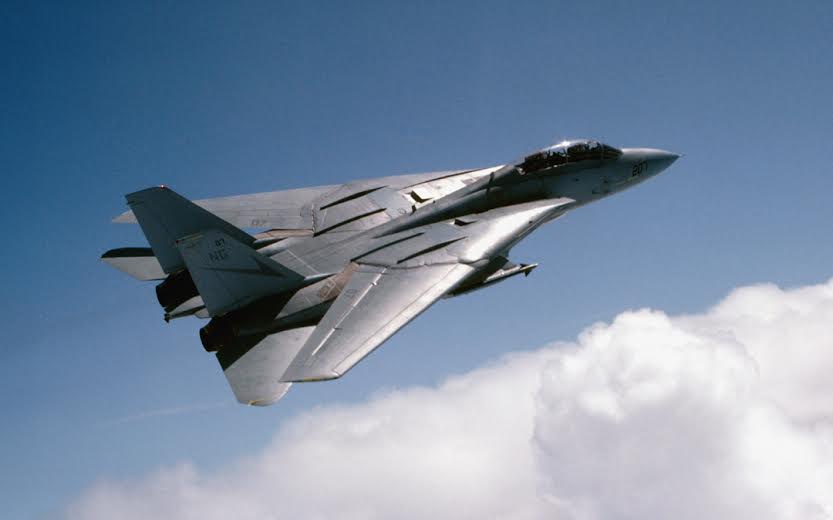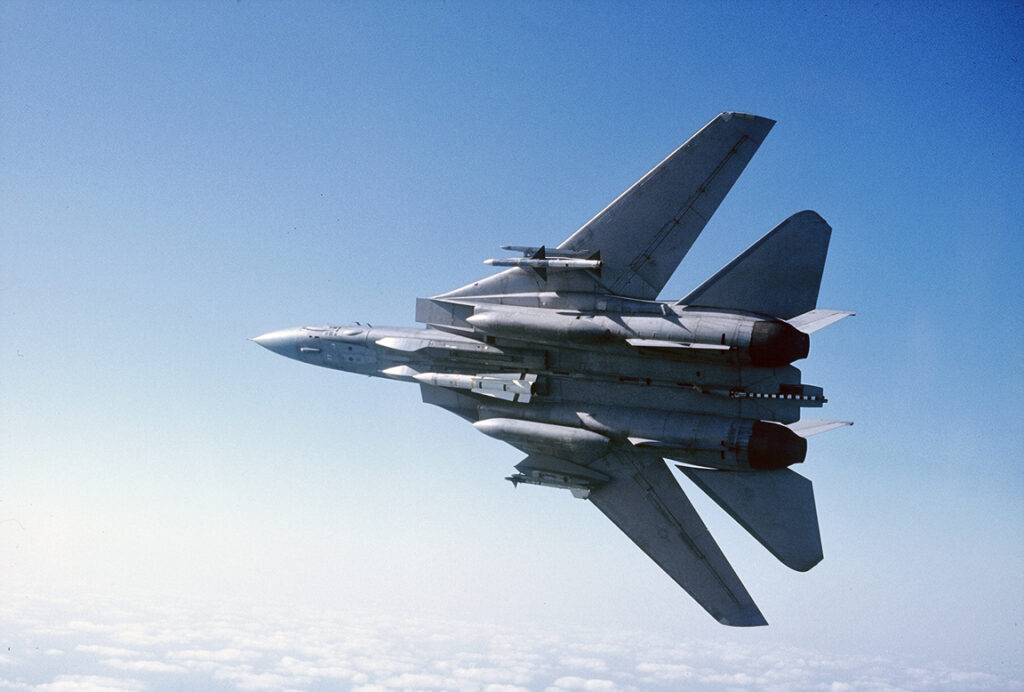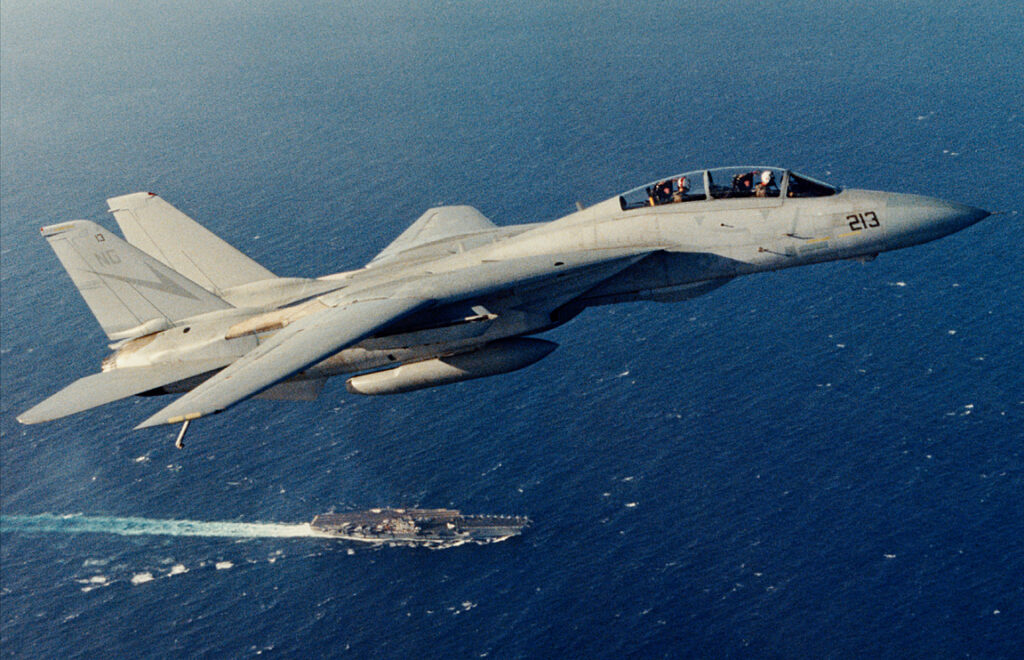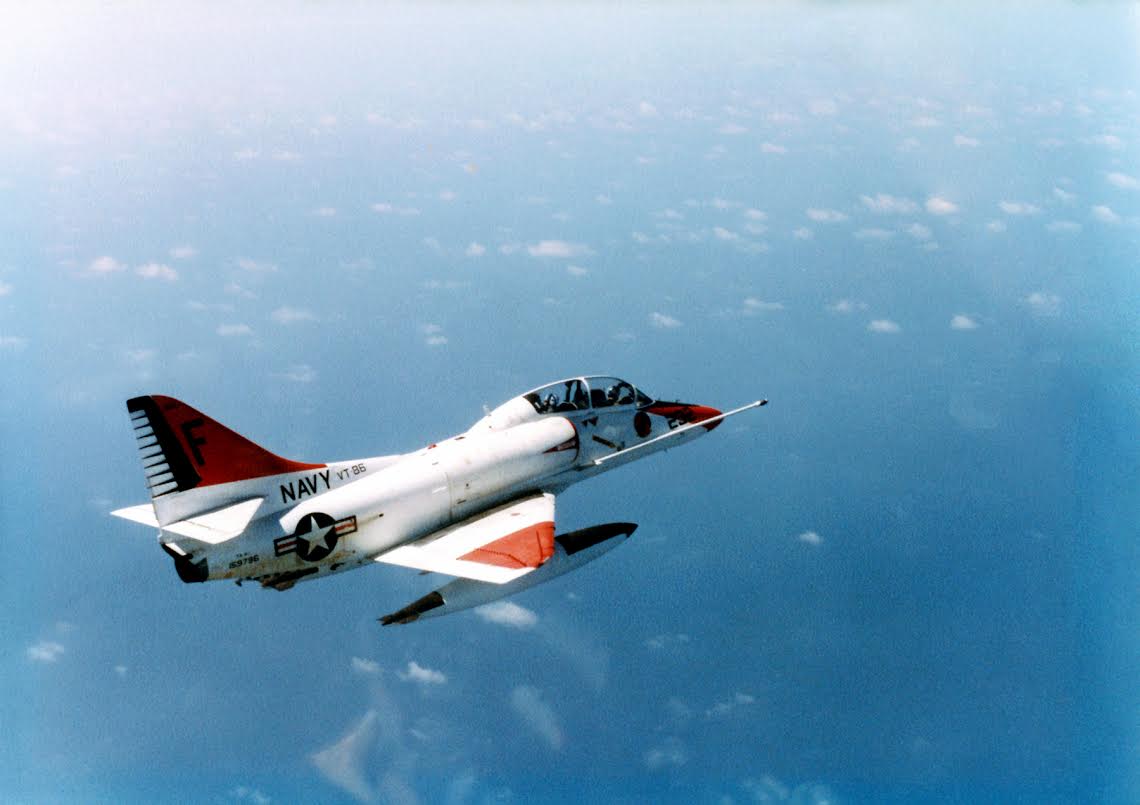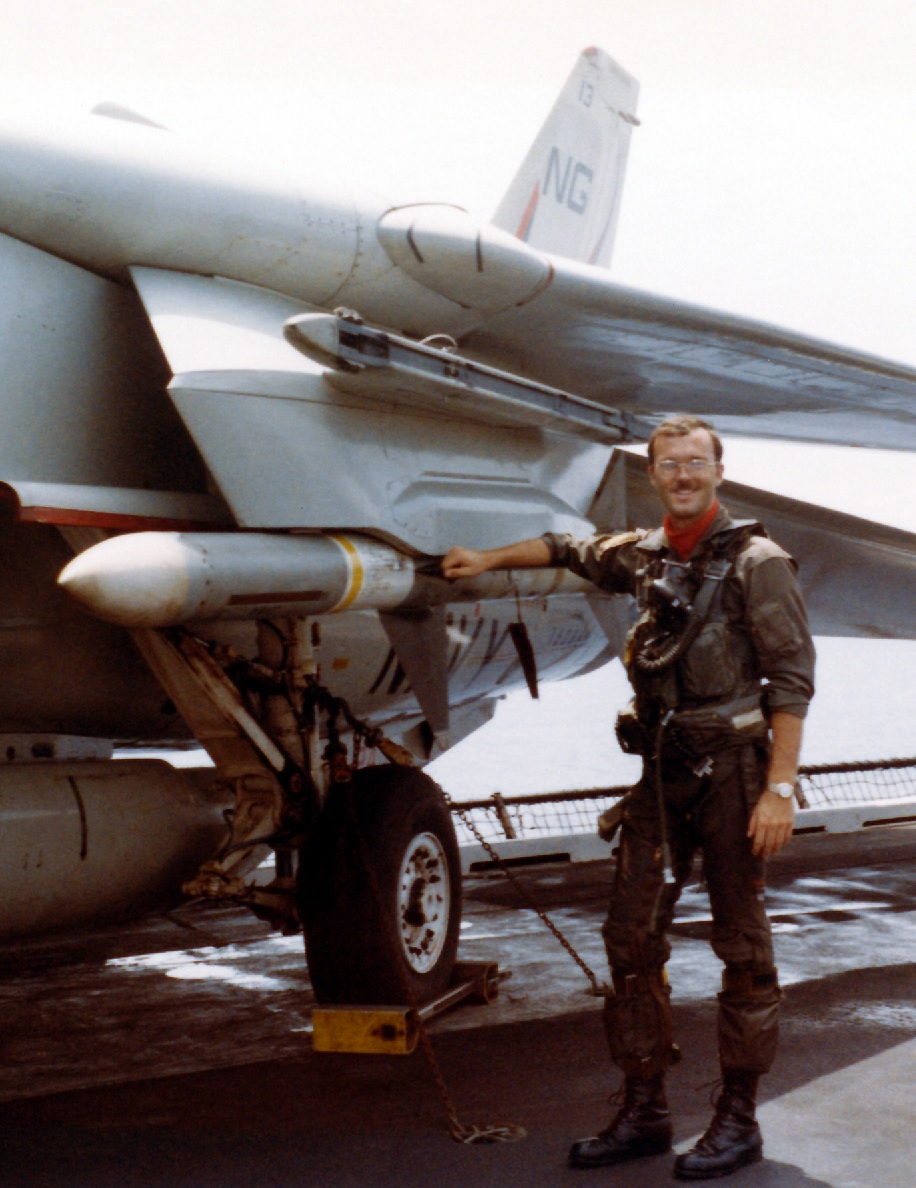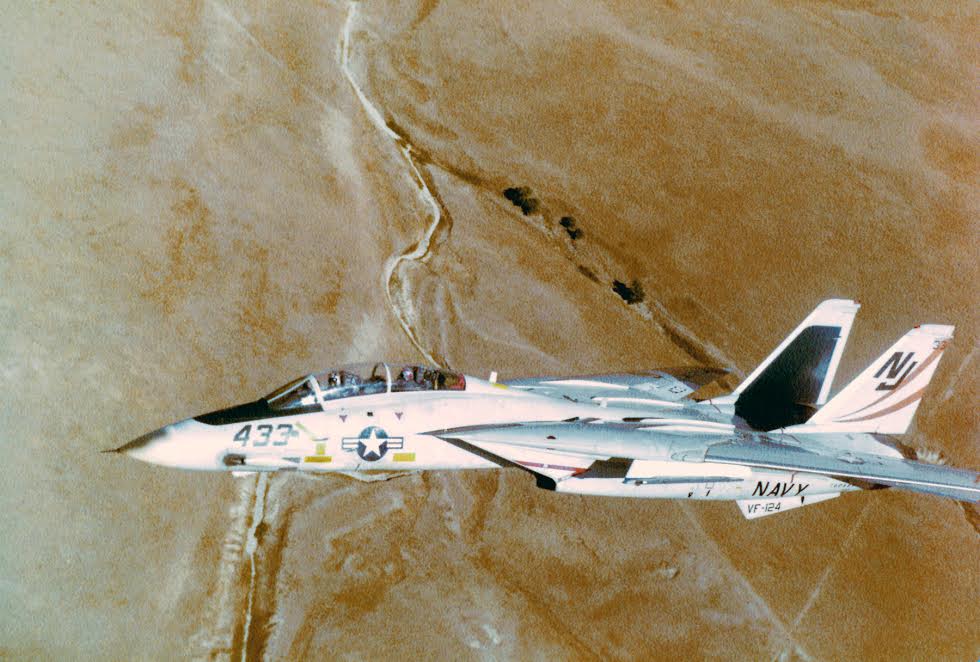The F-20 was far faster than the F-5E, added beyond-visual-range (BVR) air-to-air capability, and had a full complement of air-to-ground firing modes that could fire the majority of American weaponry
Northrop designed and produced the F-20 Tigershark (formerly the F-5G), a light fighter that was privately financed. It started to take shape around 1975. The aircraft, which was a development of Northrop’s F-5E Tiger II, was propelled by a new engine with significantly better overall performance and a cutting-edge avionics suite with a potent and adaptable radar.
Super ace Chuck Yeager, the first pilot to break the sound barrier, once said that “of all the airplanes in the world that I’ve flown, the F-5 is the most fun to fly.”
The F-20 was far faster than the F-5E, included beyond-visual-range (BVR) air-to-air capability, and had a full complement of air-to-ground modes that could fire the majority of American armaments. The General Dynamics F-16/79 (a modified export-oriented version of the F-16A/B designed for use with the antiquated General Electric J79 turbojet engine) and other modern fighter designs were able to compete with the F-20 as a result of these advancements, but the F-20 was significantly less expensive to buy and operate.
The famous Paramount motion picture “Top Gun” was inspired by author Ehud Yonay’s article “Top Guns” from the May 1983 issue of California magazine. You can read it today on www.topgunbio.com. Yonay writes, “The F-5 is actually a family of planes, starting with the F-5A back in 1964 and culminating last year with the F-5G Tigershark” (now called F-20). All of them are elegant, energetic beauties with trim body lines that resemble boats with wings.
The F-5 is an outlier in the high-end defense industry because it is the only fighter plane manufactured in California. It is not only compact, practical, and simple to fix, but it is also quite affordable. Even the top-of-the-line Tigershark lists for only $9 million, which is one-fourth the cost of a single F-14 Tomcat. Top Gun instructors use F-5E Tiger IIs that cost roughly $5 million each to replicate Russian MiGs. Anyone caught showing off the F-14’s classified cockpit would face court-martial, but here’s how to do a jump in an F-20:
1. The stick. Imagine you are entering a bogey country. Push the air-to-air weapon select button with your right thumb to see what comes next. (Your head-up display and digital display indicators are now operational; this is essentially an “on” switch.)
2. The throttle. Choose “range while search” using your left index finger. On your right-hand digital display indication, a plot of the relevant range will appear that resembles a radarscope.
3. The right-hand digital display indicator. A tiny black square will show up on this screen if there is a bogey out there. Press the acquisition button on the throttle when the target is surrounded by the acquisition symbol (two parallel vertical lines) displayed on the screen to lock your radar onto its tail. The acquisition sign abruptly vanishes, and a numbered targeting circle with a black square appears in its place. This gives you a quick glance indication of the bogey’s speed, altitude, and direction.
4. The head-up display. Once you’ve reached this point, you may look directly through your head-up display and see both the actual target and the head-up steering circle, which resembles a bull’s-eye, at once.

5. The left-hand digital display indicator. Your available missiles and ammunition for your gun are listed on this screen. After selecting your weapon, fly the aircraft until the steering circle of the head-up display is directly above your target. Your head-up display will flash the word “SHOOT” when you are within the right range. Your right index finger should be used to trigger the gun or missile release on the stick.
A large portion of the F-20’s development was carried out as part of the “FX” project run by the US Department of Defense (DoD). While avoiding critical front-line technologies used by U.S. Air Force (USAF) aircraft, FX aimed to create fighters that would be capable of combat with the newest Soviet aircraft. The military export plans of the Carter administration, which attempted to give foreign countries high-quality equipment without running the risk of American front-line technology falling into Soviet hands, gave rise to FX. Northrop had great expectations for the F-20 on the global market, but once Ronald Reagan was elected, policy changes meant that the F-20 had to compete for sales against the F-16’s newest variants rather than the downgraded F-16/79.

When three prototypes had been built (two of which crashed after their pilots blacked out from too much g-force), and a fourth that was only partially finished, the F-20 Tigershark program was abandoned in 1986.
Photo by Tom Kasser, published in California magazine, May 1983 and U.S. Air Force






